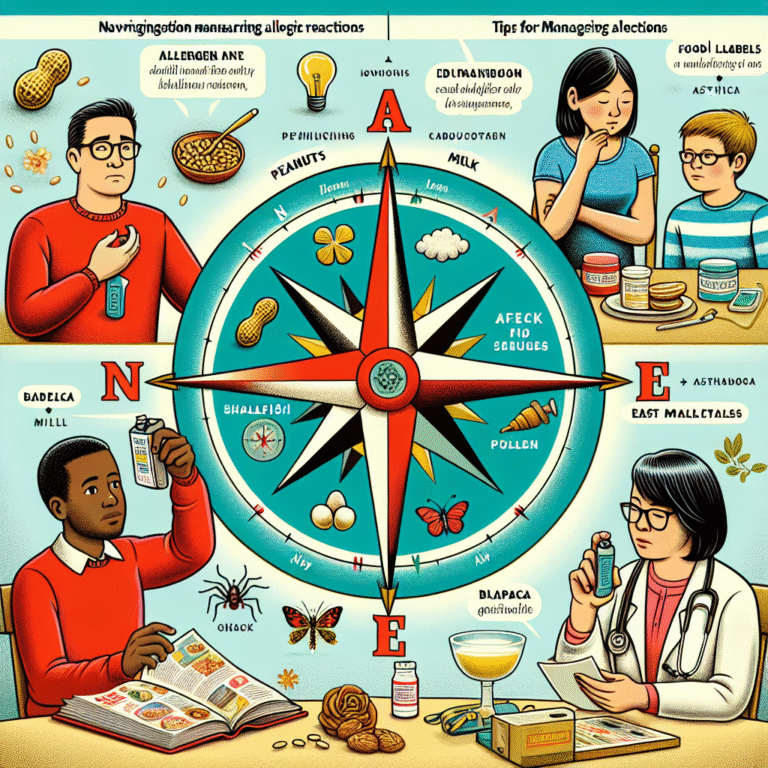
Introduction
In the world of behavioral research, the gap between theoretical models and real-world applications often seems as wide as the Grand Canyon. Researchers develop theories with the intent of understanding human behavior, yet translating these theories into practical applications that hold up outside the pristine confines of the laboratory poses a significant challenge. This dynamic creates an essential area of exploration: From Theory to Practice: Achieving External Validity in Behavioral Research.
Understanding how to bridge this divide is crucial not only for academic credibility but also for the tangible impact behavioral research can have on policy, education, healthcare, and various industries. This article delves into the multifaceted dimensions of external validity, providing you with insights and strategies to effectively implement theories in practical settings.
The Significance of External Validity
Defining External Validity
External validity refers to the extent to which the findings from a study can be generalized to, or have relevance for, settings, people, times, and measures other than the one used in the original study. Without external validity, even the most robust theories risk becoming ivory tower constructs, irrelevant in the everyday lives of individuals.
Why It Matters
Imagine a groundbreaking psychological study demonstrating a new method for improving mental health outcomes. If this study’s external validity is weak, practitioners can’t reliably apply its findings to their clients. Thus, achieving external validity is not just an academic exercise but a fundamental requirement for effective behavioral research.
Theoretical Foundations and Practical Concerns
A Spectrum of Validity
To understand From Theory to Practice: Achieving External Validity in Behavioral Research, one must grasp that external validity exists on a continuum. Categories such as ecological validity (the degree to which findings generalize to real-life settings) and population validity (the generalizability of findings to a broader population) are critical considerations.
Case Study: The Milgram Experiment
A classic example of external validity is the Milgram Experiment on obedience. While the experiment revealed profound insights into human behavior, concerns about external validity arose due to its specific laboratory setting and narrow participant demographics. Critics argued that the results might not apply to diverse real-world scenarios. This case serves as a reminder: even groundbreaking findings may lack external relevance without careful planning and consideration.
Methodological Approaches to Enhance External Validity
1. Diverse Sample Populations
One of the most straightforward methods of enhancing external validity is through diversity in study populations. By including participants from varying backgrounds, researchers can ensure findings are more applicable to a broader audience.
2. Multiple Settings
Conducting studies in various real-world settings rather than a single controlled environment can significantly improve external validity. This approach allows findings to be observed across different contexts, ensuring that the conclusions drawn are robust.
3. Replications Across Time
Repeating studies at different times helps researchers evaluate whether findings hold true as societal norms, technologies, and behaviors evolve. This strategy is essential for theories that may be time-sensitive.
4. Blend of Qualitative and Quantitative Methods
Employing both qualitative and quantitative methodologies provides a comprehensive view of human behavior. Qualitative insights can enhance the understanding of contextual factors that influence behavior, yielding a richer understanding of results.
Case Study: nudge Theory in Policy Making
The implementation of nudge theory in public policy highlights how theories can be translated into practical applications successfully. By using simple behavioral nudges, governments in countries like the UK and the US have made significant strides in promoting healthier lifestyles and higher savings rates among citizens. This practical application underscores how establishing external validity can yield tangible benefits.
Measuring External Validity
Standardized Tools and Metrics
To assess external validity effectively, researchers must develop standardized tools and metrics. Items such as the generalizability index or checks for ecological validity can offer insights into how well a study’s findings might translate to real-world contexts.
Interpretation through Charts and Tables
Below is an example of a simple chart that quantifies external validity measures across different studies:
| Study Name | Sample Diversity | Real-World Application | Time Span | Generalization Index |
|---|---|---|---|---|
| Study A | Low | None | 1 Year | 0.25 |
| Study B | High | High | 5 Years | 0.85 |
| Study C | Medium | Moderate | 3 Years | 0.65 |
This table demonstrates how variations in sample diversity and time can affect researchers’ assessments of external validity, ultimately aiding the transition From Theory to Practice: Achieving External Validity in Behavioral Research.
Challenges in Achieving External Validity
The Cost of Complexity
One significant challenge in achieving external validity is balancing the real-world complexity of behavior against the controlled simplicity required in experimental design. While increased realism in studies can enhance external validity, it may also introduce uncontrollable variables, complicating interpretations and reducing internal validity.
Institutional Constraints
Funding agencies and institutional review boards often impose specific limits that can restrict the diversity of study samples or contexts in which research is conducted. Researchers must navigate these constraints while striving for both internal and external validity.
Practical Steps For Researchers
- Design for Generalization: When designing studies, create frameworks that encourage real-world relevance by incorporating diverse populations and settings from the outset.
- Engage With Practitioners: Collaborate with practitioners in relevant fields. Their insights can guide the research design to ensure it meets practical needs.
- Share Findings Broadly: Disseminate research findings across multiple platforms, enhancing visibility and facilitating broader application of insights.
- Create a Feedback Loop: Implement mechanisms for feedback from those working in the field, ensuring continuous improvement of theories based on real-world efficacy.
Conclusion
The path from theory to practical application in the realm of behavioral research is often fraught with challenges. However, by prioritizing external validity through diverse methodologies, real-world engagements, and ongoing feedback, researchers can create impactful behavioral insights that genuinely resonate with the broader community.
As we navigate these complexities, keep in mind that achieving external validity is not merely an academic goal; it has real-world implications that can transform lives. Let us embrace the challenge and commit to the journey of From Theory to Practice: Achieving External Validity in Behavioral Research.
FAQs
1. What is external validity?
External validity refers to the extent to which findings of a study can be generalized beyond the specific conditions or population involved in the research.
2. Why is external validity important?
It ensures that research findings are applicable to real-world situations, enhancing the relevance and utility of behavioral insights.
3. How can researchers improve external validity?
Researchers can improve external validity by using diverse samples, conducting studies in multiple real-world settings, and employing mixed methodologies.
4. What are common methods to measure external validity?
Common methods include the generalizability index and ecological validity assessments.
5. Can external validity be achieved without compromising internal validity?
Yes, but it requires careful study design that balances complexity and control, allowing for real-life relevance while maintaining rigorous experimental standards.
By adopting these insights and strategies, you can contribute to the ongoing dialogue on From Theory to Practice: Achieving External Validity in Behavioral Research, ultimately making behavioral research more impactful in today’s diverse world.

















